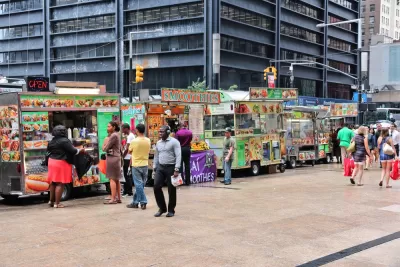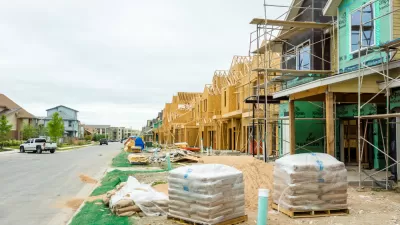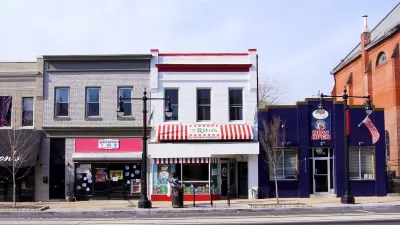Research into previous pandemics, like SARS in 2003, the Spanish Flu in 1918, and the early months of COVID-19 in China, offers insight into what to expect for the economy and the housing market during and after the current pandemic.

Writing for Zillow, Svenja Gudell shares the results of a “deep dive into past research and data on the economic effects of global pandemics to help provide perspective on what the future could hold under various scenarios.” The past research shared here tends to focus on economic output and the housing market, noting that the effect of the coronavirus pandemic is likely to differ from a “standard recession.”
Among the precedents considered in previous literature, mentioned here by Gudell, is the SARS outbreak in 2003: “During SARS, Hong Kong house prices did not fall significantly, but transaction volumes fell by 33-72% as customers avoided human contact (‘avoidance behavior’ like avoiding travel, restaurants, and public gatherings). After the epidemic was over, transactions snapped back to normal volumes.”
A similar narrative is already apparent in China’s experience with coronavirus earlier in the year: “Meanwhile, during the current episode in China, news reports and early data provided by Goldman Sachs (2020) indicate a near-shutdown in the volume of Chinese real estate transactions, although there is not yet a clear effect on real estate prices,” write Gudell.
One caveat about sharing this literature, and Gudell’s explanation of its findings, is that the article was published on March 13, when shutting down entire cities was still a hypothetical scenario, rather than a widespread scenario. That means that some of the less aggressive scenarios discussed no longer provide the floor of expectations for the economic effect of the pandemic.
FULL STORY: Information From Past Pandemics, And What We Can Learn: A Literature Review

Maui's Vacation Rental Debate Turns Ugly
Verbal attacks, misinformation campaigns and fistfights plague a high-stakes debate to convert thousands of vacation rentals into long-term housing.

Planetizen Federal Action Tracker
A weekly monitor of how Trump’s orders and actions are impacting planners and planning in America.

San Francisco Suspends Traffic Calming Amidst Record Deaths
Citing “a challenging fiscal landscape,” the city will cease the program on the heels of 42 traffic deaths, including 24 pedestrians.

Defunct Pittsburgh Power Plant to Become Residential Tower
A decommissioned steam heat plant will be redeveloped into almost 100 affordable housing units.

Trump Prompts Restructuring of Transportation Research Board in “Unprecedented Overreach”
The TRB has eliminated more than half of its committees including those focused on climate, equity, and cities.

Amtrak Rolls Out New Orleans to Alabama “Mardi Gras” Train
The new service will operate morning and evening departures between Mobile and New Orleans.
Urban Design for Planners 1: Software Tools
This six-course series explores essential urban design concepts using open source software and equips planners with the tools they need to participate fully in the urban design process.
Planning for Universal Design
Learn the tools for implementing Universal Design in planning regulations.
Heyer Gruel & Associates PA
JM Goldson LLC
Custer County Colorado
City of Camden Redevelopment Agency
City of Astoria
Transportation Research & Education Center (TREC) at Portland State University
Jefferson Parish Government
Camden Redevelopment Agency
City of Claremont





























